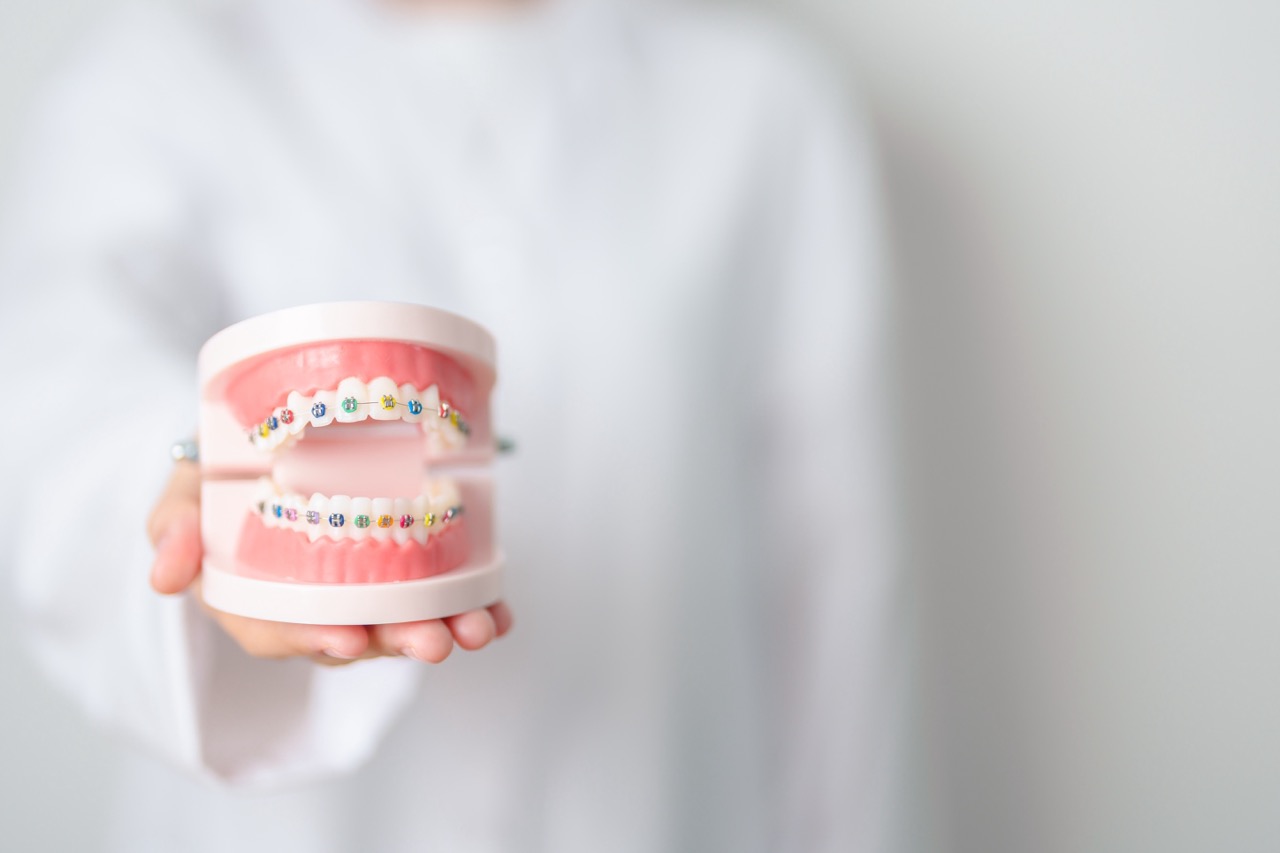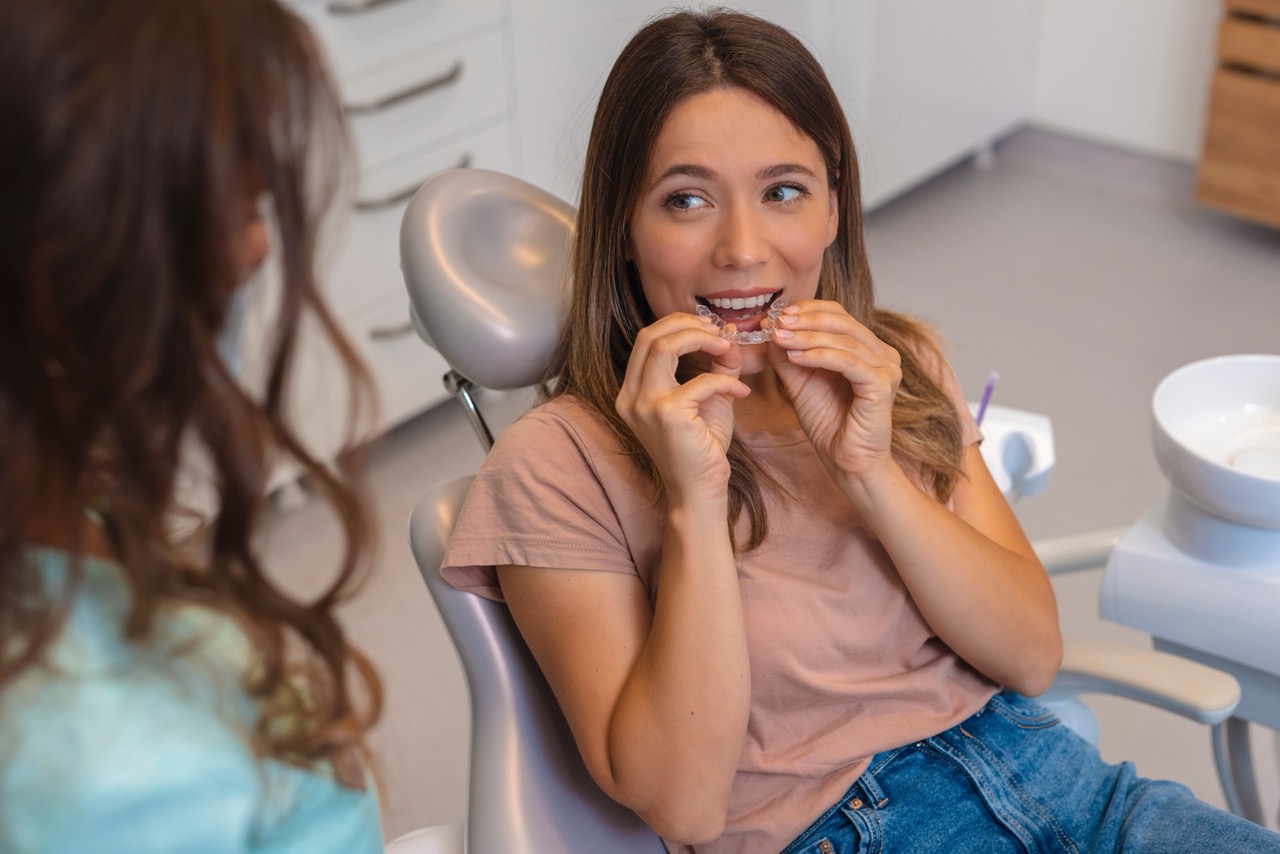Notice on Holiday Hours
School Dental Clinics will be closed December 22 – January 4. We will return on January 5th.
Emergency care is available for existing patients.
At Penn Dental Medicine (PDM), we understand your smile is integral to your overall well-being. Our orthodontics program diagnoses and treats conditions where teeth don’t come together properly. With a team of highly skilled orthodontic experts, we utilize the latest techniques and technologies to develop personalized treatment plans tailored to each patient’s unique needs.
Orthodontics is a specialized field of dentistry that focuses on diagnosing and correcting misaligned teeth and jaws to achieve the best bite and alignment.
Among the most common conditions orthodontics treats are “bad” bites (or malocclusions). You may wonder, what is an underbite, crossbite, or overbite? They are the names that describe these improper bite symptoms:
Spacing issues treated by orthodontics include:
Orthodontics can also treat jaw issues:
 PDM offers a variety of procedures and appliances designed to improve the alignment of teeth and jaws, correct bite issues, and enhance overall dental aesthetics.
PDM offers a variety of procedures and appliances designed to improve the alignment of teeth and jaws, correct bite issues, and enhance overall dental aesthetics.
At PDM, all of our services are provided by predoctoral students or postdoctoral residents in our program. All treatment is overseen by faculty from our school every step of the way, ensuring the highest quality service for our patients.
Orthodontic treatment takes place throughout multiple visits. The exact number of appointments will depend upon your particular needs. PDM will walk you through each step of the process, from start to finish. We use only the highest quality materials and research-based methods to ensure the quality of your care.
Many orthodontic treatments are covered by insurance, but you should check with your insurance company to find out the details of your plan and what’s covered. PDM accepts direct payments from most dental insurance plans, including Penn Dental insurance plans for employees of the University of Pennsylvania and their beneficiaries.
We also accept all Medicaid plans offered to residents of Southeastern Pennsylvania.
 If you suspect you or a loved one have any of the conditions listed above, we’re here to help. Just complete the form below and we’ll be in touch.
If you suspect you or a loved one have any of the conditions listed above, we’re here to help. Just complete the form below and we’ll be in touch.